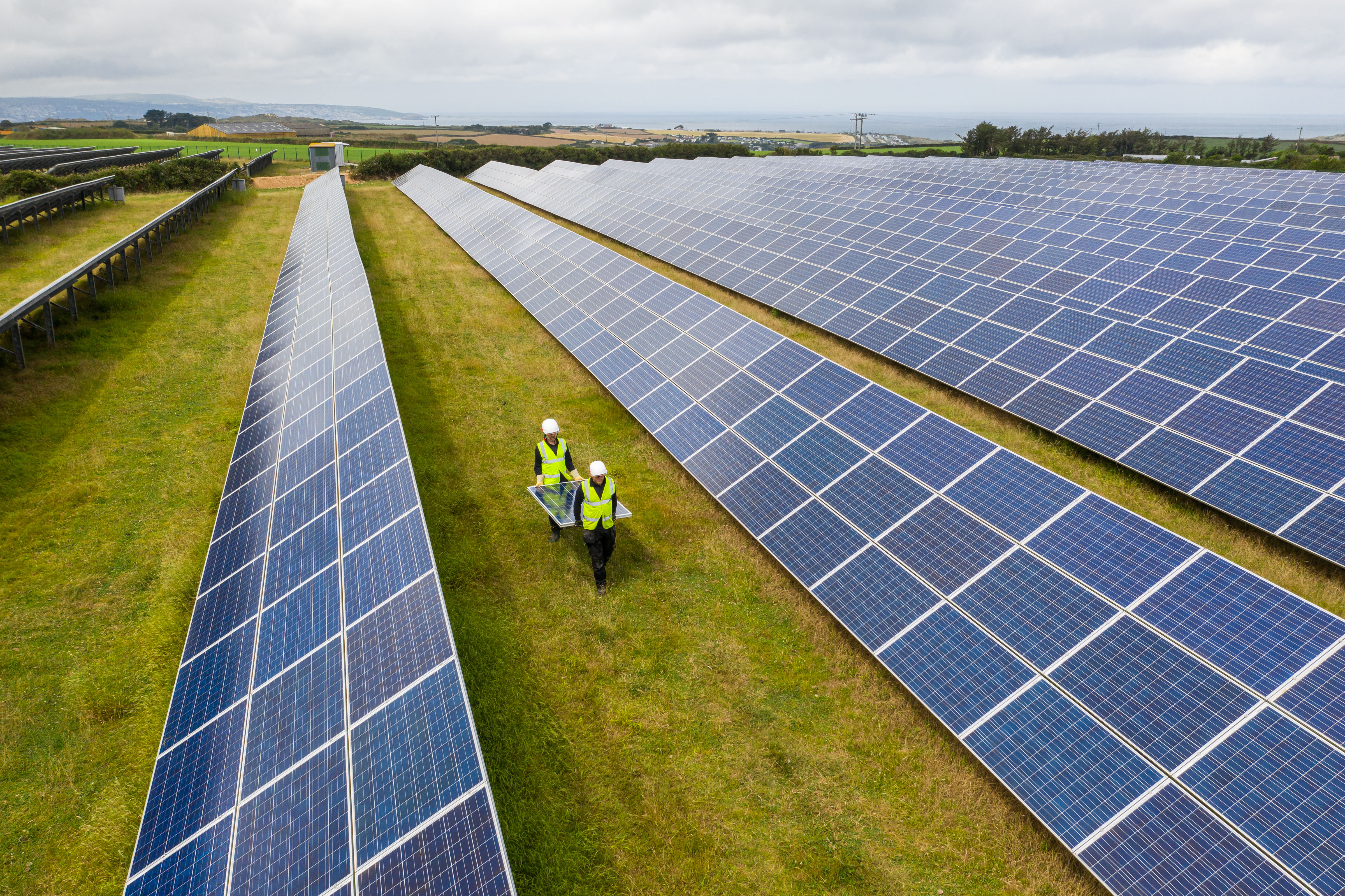Local Benefits
RES seeks to be a power for good in communities that neighbour our projects by working openly and constructively to ensure tangible local benefits.
If consented Steeple Renewables Project could deliver a number of lasting benefits to the community in Sturton-le-Steeple and the surrounding areas including:

Direct job creation
A solar farm could create and support direct jobs, covering a wide range of skills, during the construction, operational and decommissioning stages. Where possible, RES is committed to local recruitment and is also exploring the possibility of supporting local apprenticeship opportunities.
Indirect job creation
A scheme of this nature could result in the creation of indirect jobs. This will include jobs in local industries providing goods and services to the project’s direct employees, e.g., jobs at shops and hotels.
Gross Value Added (GVA)
A project of this type could provide a boost to the regional economy during construction, throughout operation and during the decommissioning phases. This boost to GVA will be the result of increased spending in the local economy.
Annual Business Rates
Throughout its operation, a project of this type could generate annual business rates which will be payable each year.
Community Benefits
RES is committed to working directly with the communities that host its renewable energy projects to understand how we can best support the local area and help to secure meaningful and long-term economic, social and environmental benefits. This approach helps to tailor a package of benefits that is aligned with the local communities’ priorities, and could for instance, provided funding for projects that sit outside the parameters of a traditional, application-based fund.
Community benefit proposals like this are not treated as material considerations to whether permission for the scheme will be granted.
In consultation with the local community, RES will explore the possibility to deliver its Local Electricity Discount Scheme (LEDS) as part of a tailored community benefits package, once the project is operational.
What is LEDS?
Our unique Local Electricity Discount Scheme (LEDS) has been operating successfully since it was launched in 2013.
• RES was the first developer to design such a scheme, following consultation with the communities around its wind farm projects, where discounts on electricity bills came up as a top priority.
• On participating projects, LEDS offers an annual discount to the closest properties* (i.e. within a defined eligible area).
• LEDS has been purposefully designed to be inclusive, with a simple methodology that is easy to understand.
• LEDS can be administered through any supplier; the money is simply credited to a household or business’ electricity account. Participation in the scheme is voluntary and is not linked to any particular supplier or tariff.
• At a time of surging energy prices, LEDS delivers direct and tangible benefits to local communities, while also supporting home grown, zero carbon electricity generation.
*The scheme would be open to all residential, business and community buildings with an electricity meter (including schools, places of worship and village halls) within the defined eligible area.
Indicative LEDS scenario
At Steeple Renewables Project, LEDS could potentially provide homes and businesses within 1km of the built project with a minimum annual discount of £350* on their electricity bills for the lifetime of the project.
Please refer to page 28 of the consultation brochure for more information.
*Final discount level and extent of eligible area will be determined following consultation with the local community and will depend on the installed capacity of the final constructed project.
